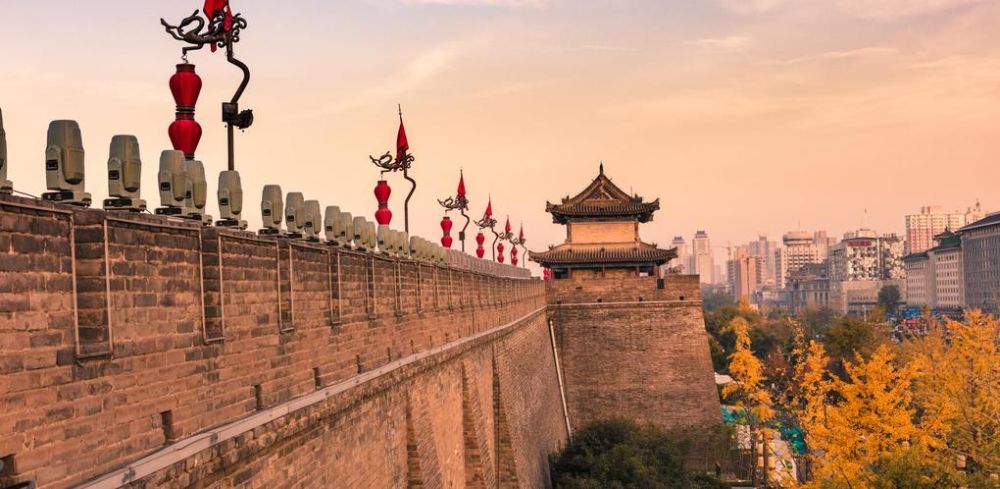

Xi'an, known as Chang'an in ancient times, is one of the oldest cities in China and has significantly contributed to the country's cultural and historical wealth. As the eastern terminus of the Silk Road and a melting pot of cultures and religions, Xi'an has attracted travelers and traders for centuries. The city's tourism history can be traced back to its days as the capital of various ancient Chinese dynasties.
The history of Xi'an as a tourist destination is deeply intertwined with its rich historical and cultural heritage. From its time as the heart of the powerful Tang Dynasty to its role in the development of Buddhism in China, Xi'an has always captivated those interested in the origins of Chinese civilization.
The discovery of the Terracotta Army in 1974 put Xi'an firmly on the international tourism map. This archaeological marvel consists of thousands of life-sized soldiers, horses, and chariots that were buried with the first Emperor of China, Qin Shi Huang. It is now considered one of the greatest archaeological sites in the world and has been listed as a UNESCO World Heritage Site.
With the rise of China's economy and the government's recognition of the importance of tourism, Xi'an has seen substantial development in its tourism infrastructure. The modern Xi'an Xianyang International Airport, a growing high-speed train network, and improved urban transportation facilitate the domestic and international tourism influx.
The cultural significance of Xi'an has been amplified through museums, historical sites, and cultural performances like the Tang Dynasty Music and Dance Show. These offer visitors a glimpse into the city's opulent past and have been essential in boosting tourism.
Festivals such as the Xi'an Silk Road International Tourism Festival have been crucial in drawing tourists, while events surrounding the Chinese New Year are spectacles that attract thousands. Additionally, the ancient city wall of Xi'an, dating back to the Ming Dynasty, and the Big Wild Goose Pagoda are must-see landmarks that continue to enchant visitors with their historical grandeur.
In recent years, there has been a focus on sustainable tourism and preserving the city's ancient heritage while accommodating the needs of modern travelers. Xi'an's tourism industry is embracing digital innovation, offering virtual tours and online experiences to reach a larger global audience.
Experiential travel has also become popular, with visitors seeking to engage with the local culture through food tours, calligraphy classes, and workshops that teach traditional Chinese crafts. Furthermore, themed tours exploring the gastronomy, architecture, or specific dynastic histories of Xi'an are witnessing a growing interest among tourists.
Adventure tourism is also on the rise, with opportunities for hiking and cycling in the surrounding Shaanxi province offering visitors a chance to explore beyond the city's historical core.
Xi'an, with its blend of ancient history and modern dynamism, continues to evolve as a travel destination. While its historical monuments stand as a testament to its glorious past, the city's commitment to innovation and sustainable tourism practices ensures that Xi'an remains a relevant and engaging destination for visitors from all over the world.